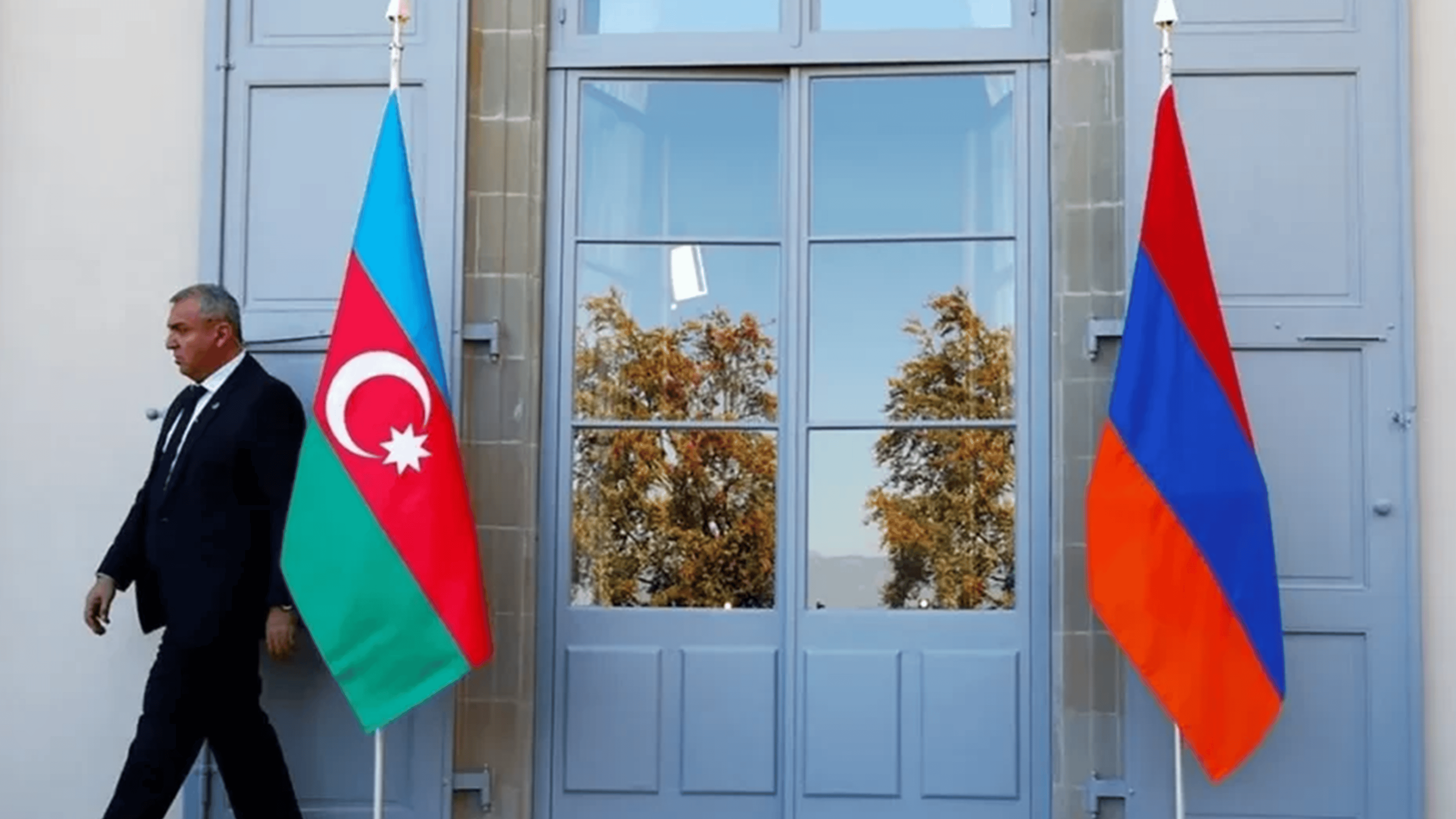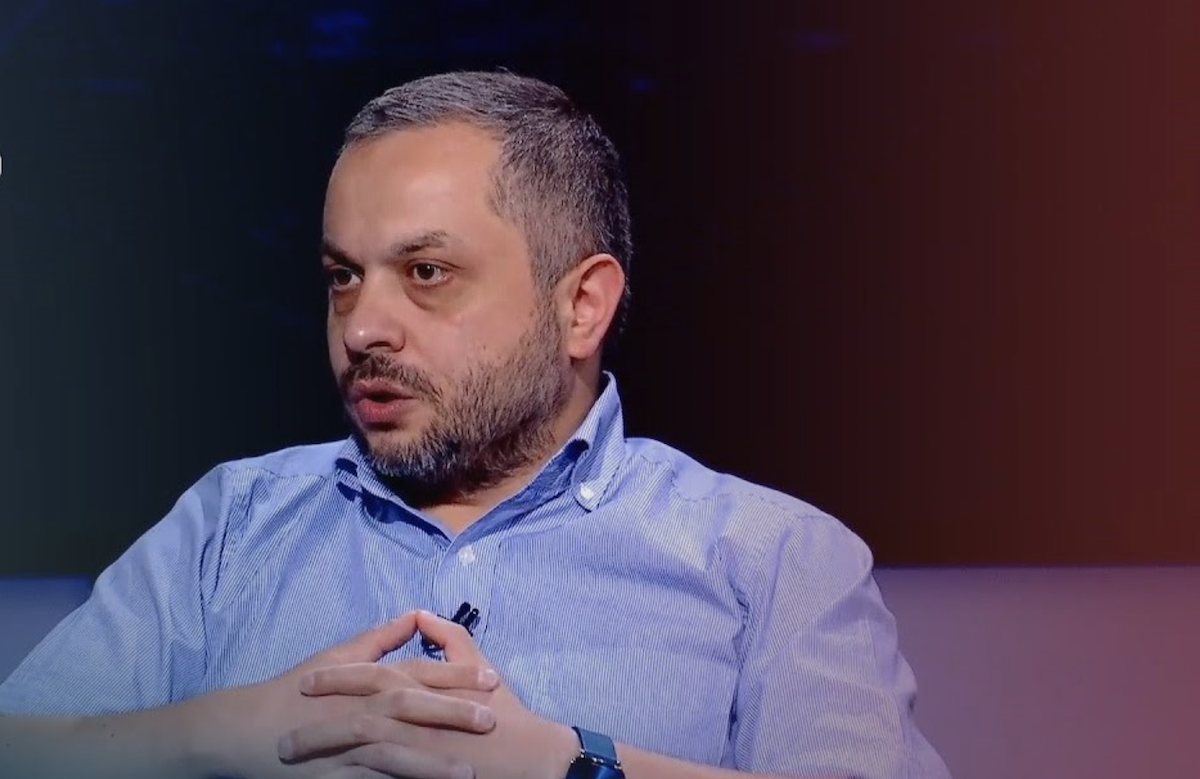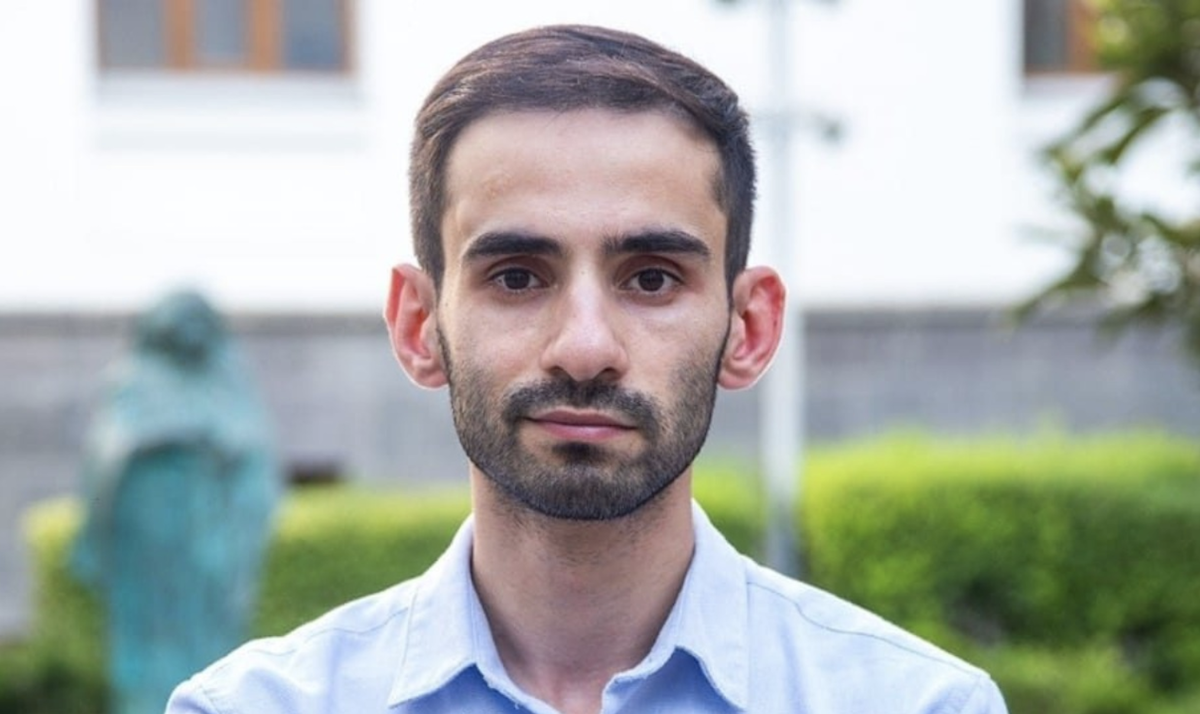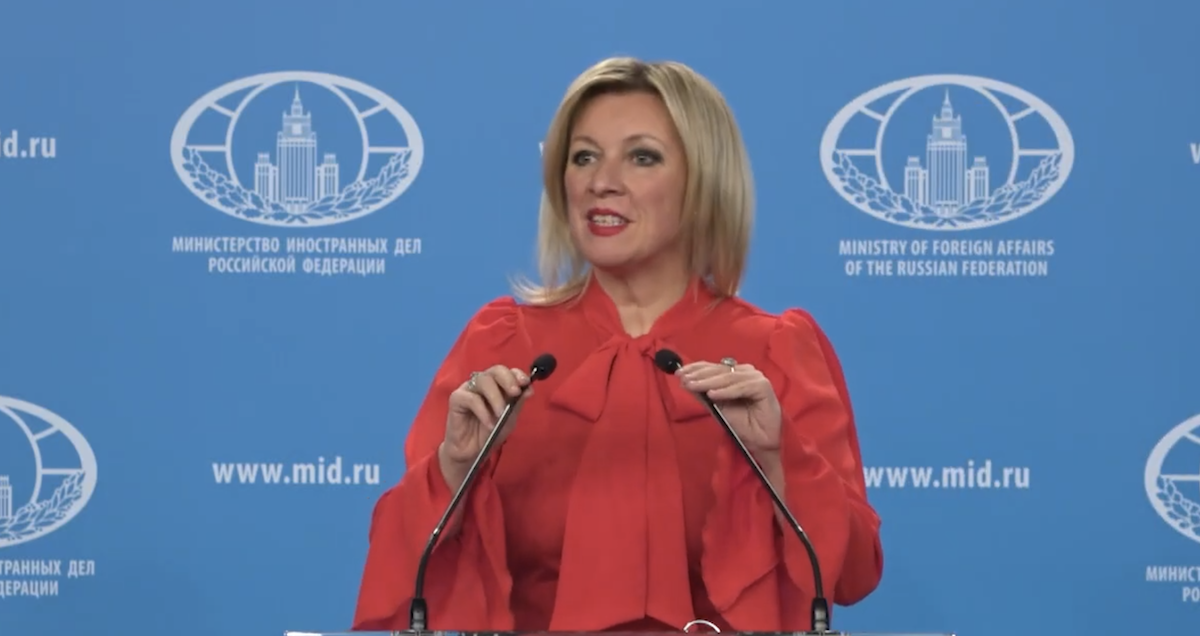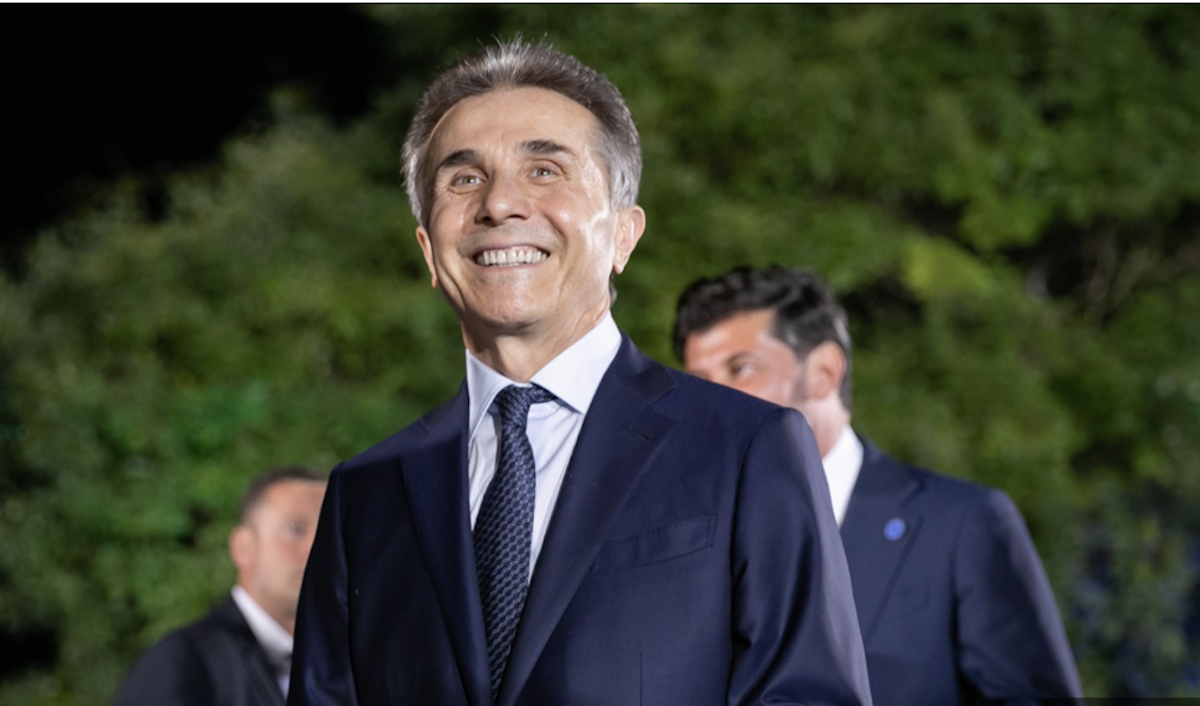Azerbaijan on Bridge of Peace initiative: 'Cooperation set to increase'
Bridge of Peace initiative
On 21–22 November, five representatives of Armenian civil society visited Baku in a visit dubbed the “Bridge of Peace.”
Ramil Iskanderli, chairman of the board of Azerbaijan’s National NGO Forum, who represented the Azerbaijani side, described the meeting as results-oriented.
“The parties agreed to strengthen cooperation in the media sector, establish direct contacts between experts, and involve civil society in the peace process,” he said.
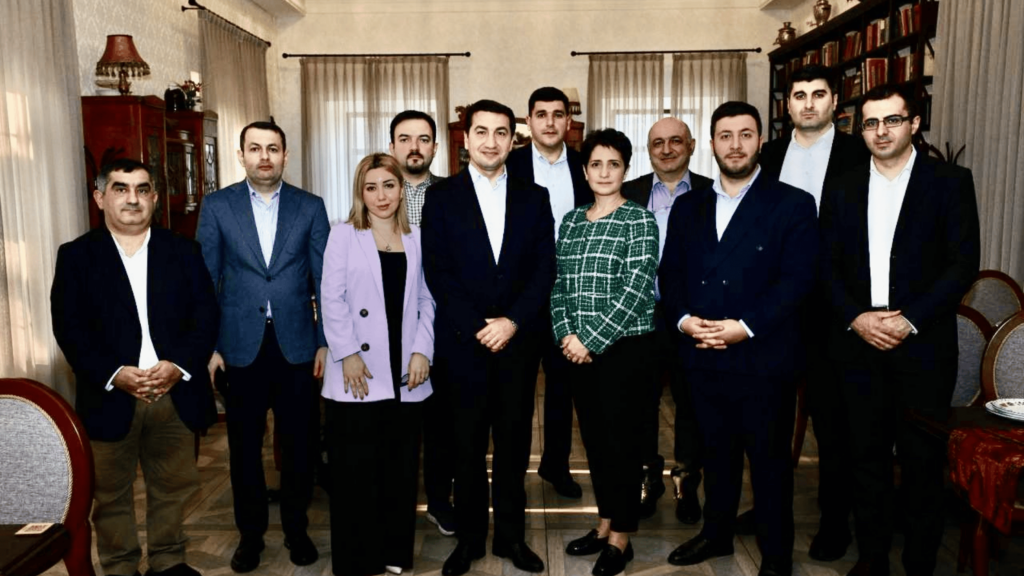
On the Azerbaijani side, participants included Farhad Mamedov, head of the South Caucasus Research Center; Rusif Guseinov, director of the Topchubashov Center; Ramil Iskanderli, chairman of the board of the National NGO Forum; and Kamala Mamedova, editor-in-chief of the First News portal.
The Armenian delegation included Areg Kochinyan, head of the Yerevan Security Policy Research Center; Boris Navasardyan, honorary president of the Yerevan Press Club; Naira Sultanyan, director of the Democracy Development Foundation; and political analysts Narek Minasyan and Samvel Meliksetyan.
The current meeting did not include Dilyara Afandiyeva, head of the Center for Women, Peace, and Security.
Her absence is likely linked to the previous meetings being deemed inappropriate for her participation. This may have been due to strong criticism following the first meeting over her involvement in an “environmental action” held in December 2022 on the Lachin–Khankendi road.
Meeting participant: ‘Concrete agreements have been reached’
Ramil Iskanderli announced that the initiative will now operate under its official name, “Bridge of Peace.”
“During the meeting, representatives of Armenian and Azerbaijani civil society discussed the progress of the peace process, current issues on the peace agenda, and topics of mutual interest,” he said.
The meeting resulted in several agreements:
- Strengthening cooperation in the media sector and establishing links between media outlets in both countries;
- Creating direct contacts between experts across different fields;
- Developing mechanisms to involve civil society in the process and continuing mutual visits;
- Focusing meetings on concrete results and making clear decisions.
Iskanderli also noted that the parties met with Azerbaijani presidential aide Hikmet Hajiyev.
“He outlined the steps taken following the Washington agreements and responded to questions,” he added.
- Return of Karabakh Armenians: Balasanyan’s remarks, challenges and future outlook
- Transit of wheat to Armenia through Azerbaijan: what it means economically and politically
- Trump Route: Western illusion or turning point in South Caucasus?
Farhad Mamedov, head of the South Caucasus Research Center, told the media that future work will be conducted exclusively in a bilateral format and that a concrete six-month work plan has been prepared.
“Visits of representatives from both sides will be organised. This will expand activities to include not just the five members of the group, but a larger number of civil society representatives,” he said.
As part of an unofficial programme for the Armenian guests, excursions were arranged to cultural sites, including the Botanical Garden, the Palace of the Shirvanshahs, the Maiden Tower, Icherisheher, and the Seaside Boulevard.
Independent expert: “This is a managed process”
Conflict analyst Arif Yunus described the first meeting as “managed people’s diplomacy.” He said that, since independent civil society in Azerbaijan has been dismantled, such initiatives are largely formal:
“Independent journalists and NGO representatives should participate in these meetings. But they are either in prison or have left the country. Therefore, such processes cannot build real trust.”
“This meeting is more of a symbolic exercise under government control,” he added.
Bridge of Peace initiative










